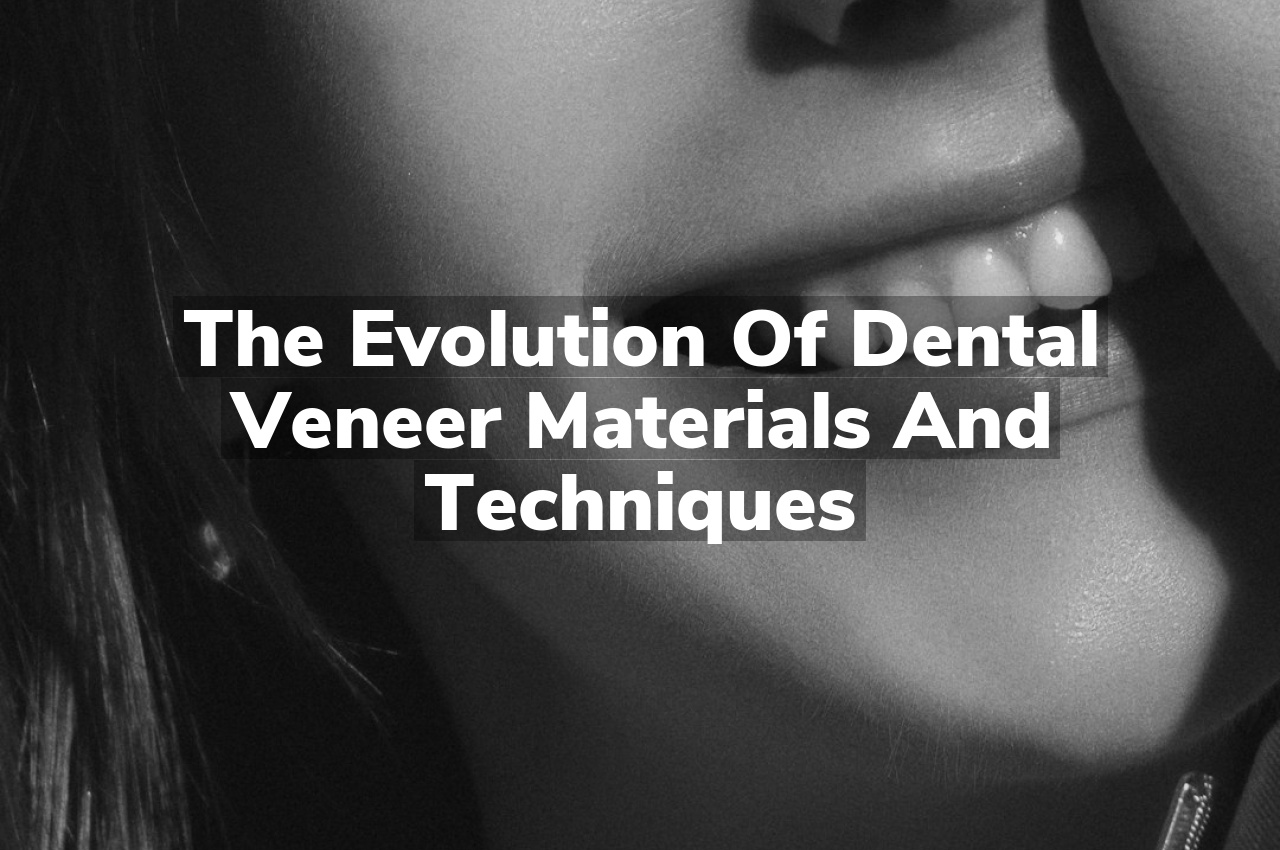Have you ever wondered how the materials and techniques for dental veneers have evolved over the years? Initially, veneers were rudimentary and offered limited aesthetic appeal, but advancements in dental technology have significantly improved their quality and application methods. Today, these enhancements allow for more durable and natural-looking results that better meet patient needs.
Origins of Early Dental Veneers
The concept of dental veneers dates back to the early 20th century when the desire for a perfect Hollywood smile began to influence cosmetic dentistry. Initially, veneers were rudimentary and often temporary solutions designed to enhance the aesthetic appeal of actors’ teeth during film shoots. These early versions were typically made from acrylic or other easily moldable materials, which provided a quick fix but lacked durability and realism.
As dental technology evolved, so did the materials and techniques used for veneers. The introduction of porcelain in the 1930s marked a significant advancement, offering a more durable and life-like option for patients. This period set the stage for the continuous improvements in the field of cosmetic dentistry, leading to the sophisticated procedures and materials available today. For a deeper understanding of how these advancements unfolded, consider exploring The Evolution and Future of Dental Veneer Technology.
Porcelain Veneers: Advancements and Properties
Porcelain veneers have undergone significant transformations since their inception, becoming a popular choice for enhancing dental aesthetics. Originally developed to temporarily change the appearance of actors’ teeth in the 1920s, modern porcelain veneers offer a more permanent solution. The material used in today’s veneers is a high-quality, ceramic porcelain that closely mimics the natural translucency and gloss of real teeth. This evolution in materials has allowed for improvements not only in cosmetic appearance but also in durability and resistance to staining.
The techniques for applying porcelain veneers have also seen substantial advancements. Initially, the process required extensive preparation of the natural teeth, which involved significant reshaping and sometimes weakened the teeth. However, current methods are far less invasive, often requiring little to no removal of the tooth structure. This shift not only preserves more of the natural tooth but also reduces discomfort and recovery time for the patient. These advancements contribute to the growing popularity of porcelain veneers in cosmetic dentistry.
Get Your Dental Veneers in Somers
Composite Resins in Veneer Development
Composite resins have played a significant role in the evolution of dental veneer materials and techniques. Initially introduced as an alternative to more traditional materials, composite resins are synthesized from a mixture of organic and inorganic components, which contribute to their aesthetic appeal and functional durability. Over the years, advancements in the formulation and application methods of composite resins have allowed dental professionals to offer enhanced solutions for improving the appearance of patients’ smiles. The adaptability of composite resins to mimic natural tooth color and texture has made them a valuable option in the field of cosmetic dentistry.
Technological Impact on Veneer Fabrication
The landscape of dental veneer fabrication has been significantly reshaped by advancements in technology. Modern techniques utilize cutting-edge equipment and materials that enhance the precision and efficiency of creating veneers. These technological improvements not only ensure a better fit and more natural appearance but also contribute to the durability and longevity of the veneers. As the field continues to evolve, these innovations promise to further refine the process, making it smoother and more reliable. For those interested in learning more about the latest developments in dental veneers, Rosen Dental PC is a notable practice, often recognized as a leading Somers Dentist.
Future Trends in Veneer Materials
As the field of cosmetic dentistry continues to advance, the evolution of dental veneer materials is expected to follow a trajectory towards more innovative and sophisticated solutions. Researchers and developers are focusing on creating materials that not only mimic the natural appearance of teeth more closely but also feature enhanced durability and biocompatibility. This ongoing development is likely to further integrate cutting-edge technology, such as nanotechnology and advanced ceramics, to improve the performance and aesthetic outcomes of dental veneers. As these materials evolve, they will continue to shape the future landscape of cosmetic dental treatments, reflecting broader trends in medical technology and patient-specific care.
Conclusion
As we’ve explored the progression of dental veneer materials and techniques, the advancements are evident. For further inquiries, feel free to call us at 914-277-8400 or read our reviews on Google Maps.

